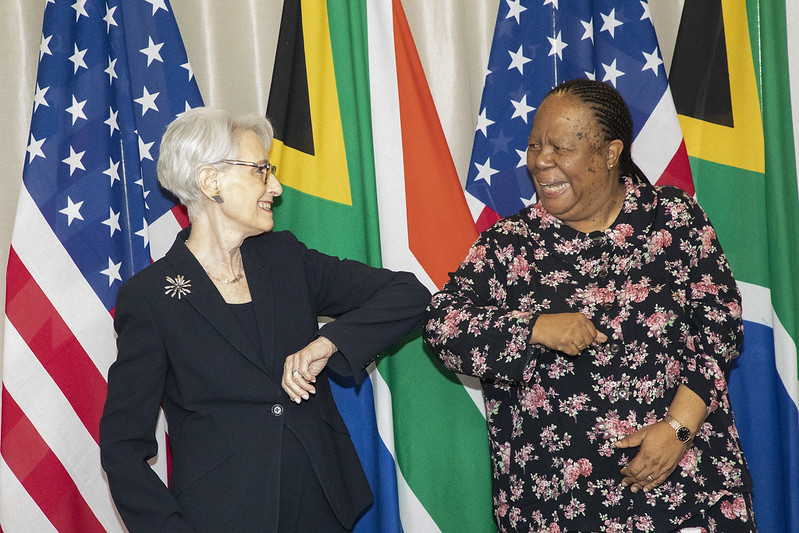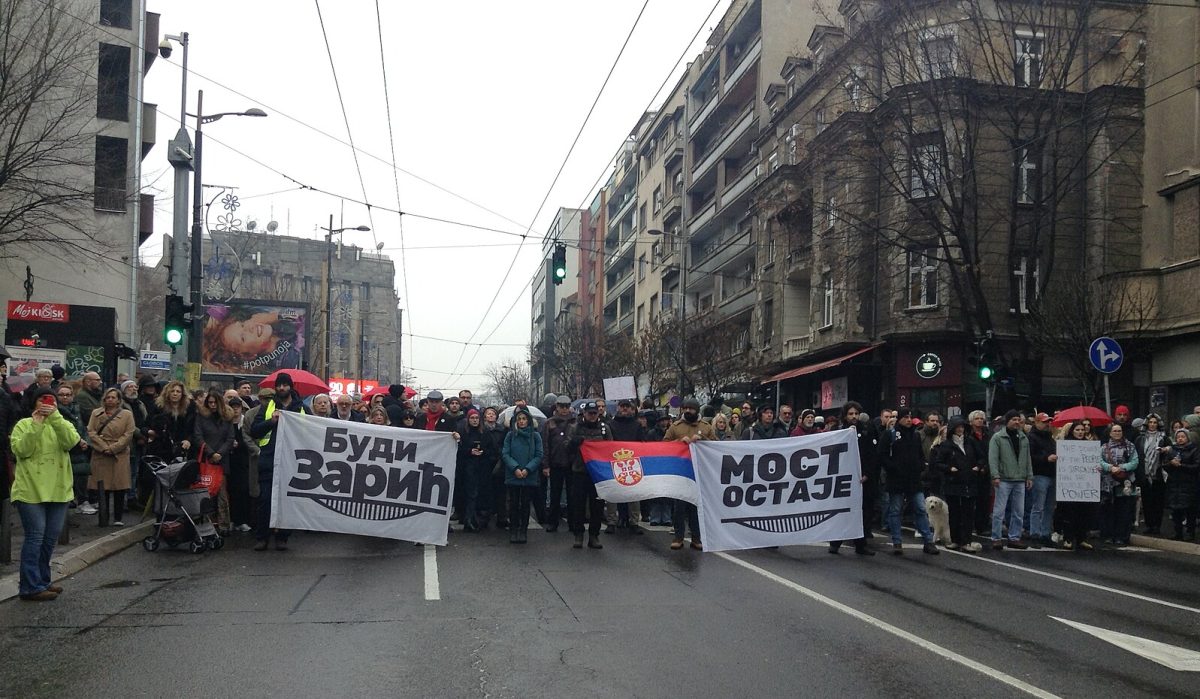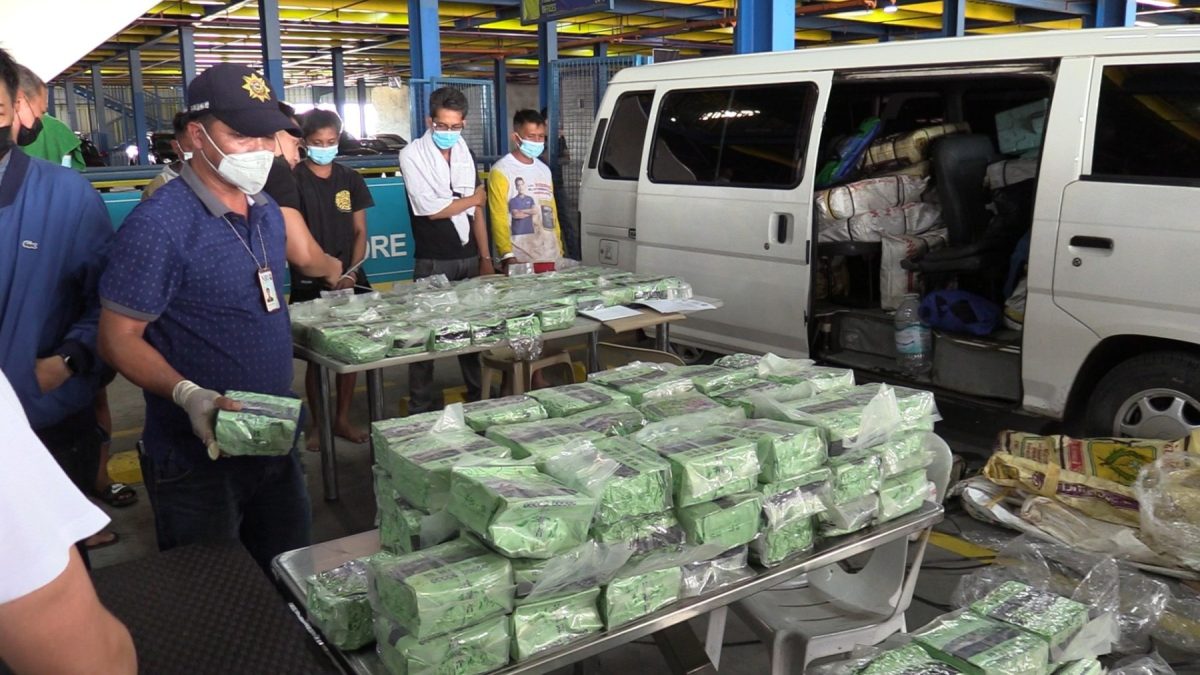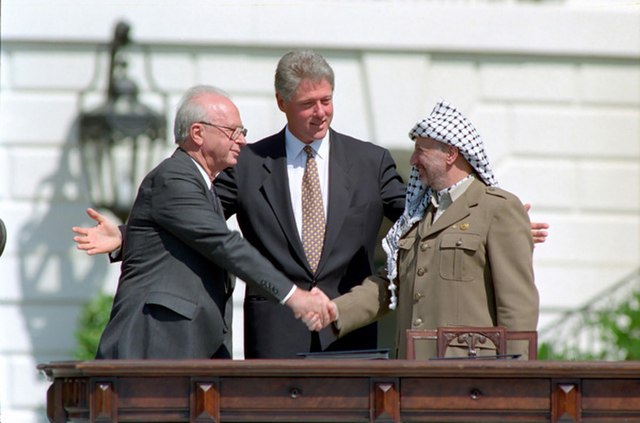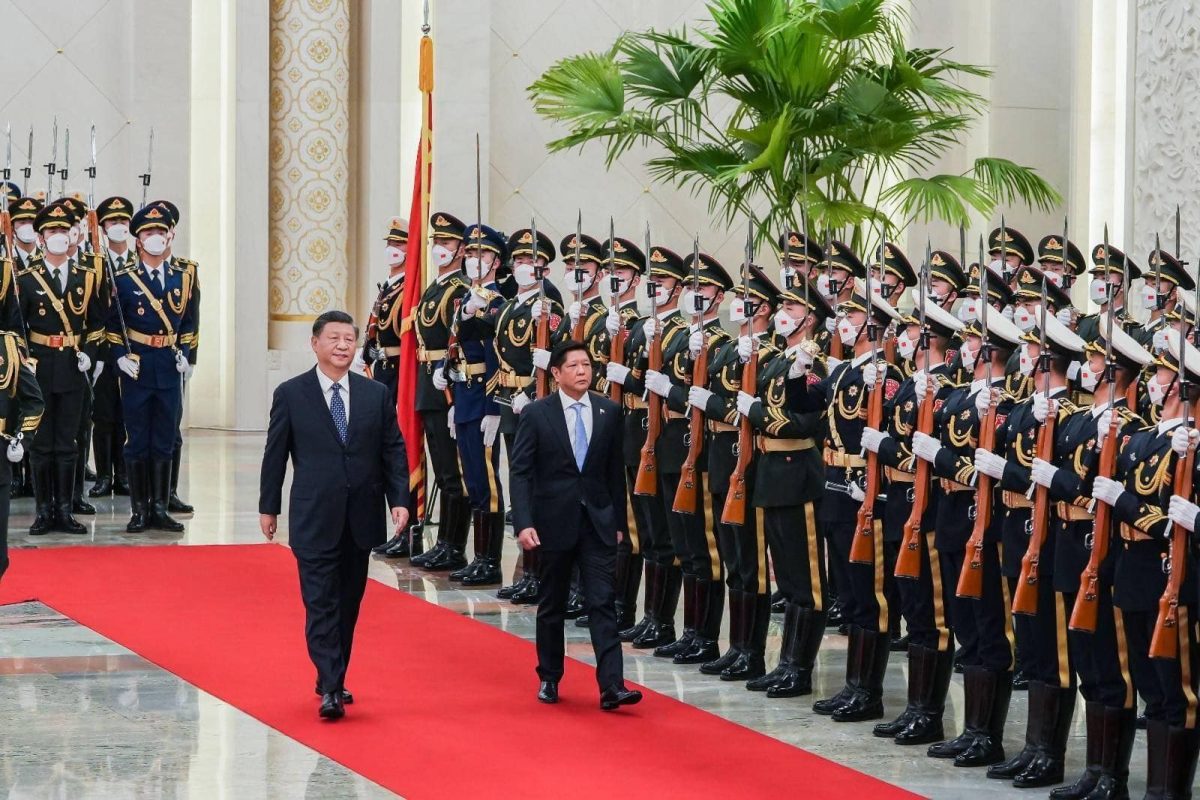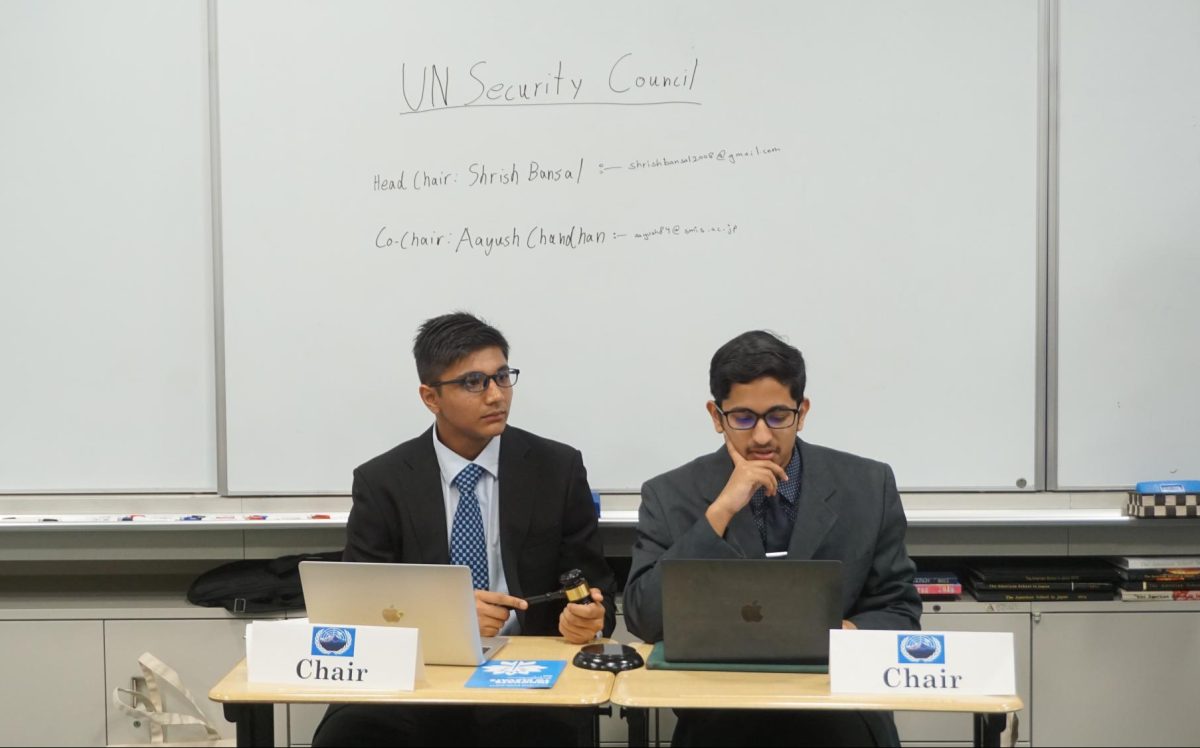It’s 2024, and global tensions are at their highest levels since World War 2. European countries are ramping up arms production, extremism in the Middle East is expanding, and in Asia, militaries are expanding and modernizing. What is happening in different areas of the world, what historical causes are there to explain it, and how could a series of global conflicts affect our lives? Those are some of the questions answered in this multi-part series of articles. This installment will focus on the history of conflicts, tensions, and future possibilities in Africa, as well as some of its global ramifications.
SECTION 1: Independence and Reorganization
The end of World War Two signalled the end of global colonial powers, as the two World Wars stifled their incomes to the point where sustaining large colonial empires became completely unrealistic.
Africa, the setting for the aptly named “Scramble for Africa” back in the late 19th century, was a continent that was incredibly sought after by colonial powers as it was a place of incredible mineral wealth—enough to provide sustenance for large empires of that time.
Thus, colonial powers had almost complete control over the continent. In African countries, efforts for independence varied wildly depending on the commanding colonial power.
Rhodesia/Zimbabwe
Southern Rhodesia was a British colony situated above South Africa, established in 1923. In 1963, the colony would unilaterally declare itself independent under a white-majority government that was previously put in power by the British, renaming the country to Rhodesia. This state and name was not recognized by the United Kingdom or under the order of the United Nations Security Council despite having trade links with several large countries, like Japan, West Germany, and Portugal.
While the British government would condemn the act, they had no real way of controlling Rhodesia, as they had been mostly self-governing under the Federation of Rhodesia and Nyasaland for the past decade. By 1970, Rhodesia had cut itself off from the UK completely.
As the white minority maintained power in the country, in 1964-1965, two factions would form a front against the government: ZIPRA (Zimbabwe People’s Revolutionary Army), which had close ties to the Soviet Union, and ZANLA (Zimbabwe African National Liberation Army), which had close ties to the People’s Republic of China.
Fighting would start between the Rhodesian government and the independence organizations, turning into a war called the Rhodesian Bush War in 1964. While the military was relatively well-equipped, they suffered from chronic manpower shortages, leading to a slow decrease in combat capabilities over time.
In 1976, the previously cooperative South African government pulled back support for the Rhodesian Government in favor of working with the US to pressure the Rhodesian government into majority rule.
The war would end as the insurgency reached the capital, along with the shootdown of an Air Rhodesia civilian airliner. A ceasefire and general election were organized in 1979 under the Lancaster House Agreement, setting up a truly independent country, Zimbabwe. Ultimately, this was a defeat for the prior Rhodesian Government.
Algeria
Algeria was a French colony since the early 19th century and would be legally classified as an integral part of France, unlike the rest of its larger Empire.
The Algerian War for Independence started in 1954 with a series of over 70 attacks by the National Liberation Front (FLN)—a revolutionary group in Algeria built around the principles of Islam—on various police, military, and civilian targets in Algeria.
The French government and military would clamp down on the NFL with excessive force and brutality, culminating in the Battle of Algiers in 1956.
The Battle of Algiers was a brutal counterinsurgency campaign, lasting for almost a year in that city. Both the FLN and French Military would employ terroristic tactics, targeting civilians. During the campaign, the use of torture by the French Military became commonplace. These heavy-handed tactics would result in a costly French victory in 1957.
During this time (1958), France was going through a political crisis as a result of decreasing support for the counterinsurgency, which had, by this point, turned into a full-scale war: The Algerian War of Independence. The French 4th Republic would be replaced by the 5th Republic, headed by Charles de Gaulle, along with a new constitution in 1958.
French internal turmoil would continue to intensify as the French Communist Party—one of the biggest political organizations in France at that time—strongly advocated for Algerian independence. Additionally, in the UN, more and more support was given to the idea of Algerian independence.
In 1961, the French would hold a referendum on self-determination for Algeria. While negotiations broke down, it would set the foundation for a future ceasefire.
In response to the referendum, a French terrorist group (with tenuous connections to the French Government/Military) called the Secret Army Organization (OAS) was formed to maintain French Algeria and prevent Algerian independence.
In 1962, the Évian Accords set up a ceasefire in Algeria. A wave of terrorist attacks by the OAS would follow, and the second referendum on the independence of Algeria was held, leading to Algeria becoming independent on the 3rd of July.
While there were many other struggles for independence apart from just Zimbabwe and Algeria, these are samples of the roots, process, and results of the various wars for independence in Africa post World War 2.
These struggles for independence made by Zimbabwe and Algeria show the unwillingness of many European powers to let go of their colonial holdings. On the other hand, there were several bloodless revolutions, such as in Ghana, Zambia, Lesotho, Gambia, Malawi, and Botswana—all former British colonies.
SECTION 2: Instability and Intervention
A common issue faced by many newly independent countries is a lack of general stability and cohesion. The states in Africa were particularly at risk of this issue, mainly due to the absence of institutions and infrastructure necessary for self-governance.
Fighting over the power vacuum left by the colonial power would result in civil wars across several countries, most notably Somalia, Libya, and Rwanda.
Several of these civil wars would see intervention from various foreign powers, though others would remain largely unknown.
Somalia (1978-1995)
The Somali Civil War was sparked by increasing discontent with the country’s President, Siad Barre, in late 1970. Barre would suffer serious injuries in a car crash in 1986, and though he would recover and be re-elected as president a few months later, there would still be debates in 1986 over who might succeed him in his poor health.
The primary candidates to succeed him were his son-in-law, General Ahmed Suleiman Abdille (Minister of the Interior), and Lt. Gen. Samatar (Vice-President).
These new competitors for the presidency would loosen his and his party’s grip on influence and power in the country. In efforts to retain authority, his government became more repressive in its policies.
This would result in Barre clamping down on areas that resisted his rule by bombing. Most notably, he would target the Isaaq, one of the largest Somali clans. Barre would employ indiscriminate shelling and bombings on the Isaaq in the cities of Hargeisa and Burao from 1988 to 1989.
In 1991, Barre’s government was toppled with no clear successor. Multiple factions would fight for dominance over different regions.
In 1992, the United Nations Security Council agreed to intervene in Somalia, deciding to send a group of Peacekeepers to deliver and maintain humanitarian aid. These humanitarian efforts and subsequent negotiations would lead to some successes, with the establishment of peace and trade between several different factions.
However, the intervention would also cause conflict as some factions were fearful of the UN forces diminishing their influence. Thus, in 1993, the Battle of Mogadishu started between the Somali militia and the US forces. This is also where the famous Black Hawk Down incident would take place.
As a result of intensifying conflict and expanding casualty counts, the UN withdrew its peacekeepers in 1995. Under pressure for seemingly abandoning Somalia, they promised to return in the future to better handle the situation. The peacekeepers resumed support operations in Somalia in 2007.
Libyan Civil Wars (2011, 2014-2020)
In 2011, Libya was being run by Muammar Gaddafi, who had risen to power through a military coup in 1969 and had remained as the country’s sole leader ever since. His unsuccessful wars against Egypt, Chad, and the US in the 1980s left Libya isolated and under economic pressure.
In 2011, tensions within Gaddafi’s regime had reached a boiling point. During this time, Libya was known to be one of the most censored states in the Middle East and North Africa, as well as the numerous cases of torture and disappearance.
Specifically, dissent was illegal, and creating a political party, along with several other infringements, could result in execution. Resentment towards this repression, along with rampant corruption, would set the stage for widespread revolt and protest.
Mobs would form in various cities, setting police buildings, government offices, and more alight. The army and police, which had been deployed to control the crowd, were forced to withdraw from several major cities.
In dealing with the protesters, the Libyan army would use indiscriminate tactics such as artillery, cluster munitions, and sniper fire against residents of cities.
As a result of these heavy-handed tactics against protesters, many government and military officials resigned. Gaddafi was killed later that year in 2011, marking the end of the First Libyan Civil War.
After the deposition of Gaddafi, two factions formed that vied for control over Libya. The elected government force of the Libyan National Army (LNA) fought against the rebellious Government of National Accord (GNA).
While efforts for peace between the two sides were present, it would take over 5 years for both sides to come to a ceasefire. The war had a massive effect on the Libyan people and economy, with many civilian casualties and large-scale infrastructural damage.
The Libyan Civil War would end with NATO intervening on the rebels’ side, forcing the withdrawal of Gaddafi’s national forces. By September 2011, a new transitional government was put into power. Gaddafi was captured in October of that same year, where he would be tortured and executed.
Rwandan civil war/genocide (1990-1994)
During this time, in 1990, Rwandan society was split between two distinct groups: the Tutsi and the Hutu. During Belgian colonial rule, Belgians brewed ethnic tensions as they favored the Tutsi minority.
During the Rwandan Revolution, from 1959 to 1962, also called the Hutu Revolution, the Hutu gained leadership over the country. The Tutsi would be exiled, and a cycle of violence would form— the Tutsi would attack from neighboring countries, and the Hutu government answered with mass slaughter and repression.
The Tutsi in Uganda would band together to form a military organization called the RPF in 1990.
The civil war then started as the RPF invaded North-East Rwanda in 1990. Though a ceasefire was reached in 1992, it didn’t last long. During the interval of peace during the ceasefire, from 1992 to 1993, the Hutu formed a plan to exterminate the Tutsi entirely.
The plan was put into action in 1993 when the Hutu president was assassinated. As a result, 500,000 to 1,000,000 Tutsi were murdered. However, the Tutsi forces would counteract swiftly, surrounding and capturing the capital in mid-1994.
The Tutsi remain in power today and are promoting rebuilding and reconciliation between the Tutsi and Hutu.
These three examples show the flow of civil unrest and instability in some African countries post-independence. Some countries, like Rwanda, achieve relative stability, while others continue to be unstable.
The civil wars shown in Somalia, Libya, and Rwanda are some examples of the devastating effects of civil unrest and instability in the African continent. On the other hand, it must be stated that many other African countries, such as Botswana, Senegal, Gabon, and Namibia, haven’t experienced civil war.
SECTION 3: Current Conflict
While many African states have achieved stability, there are still some notable exceptions that are engaged in active conflict in 2024.
There are numerous reasons behind the conflicts, with some being a result of political instability and others being guided by foreign or extremist organizations.
Sudanese civil war (2023-Present)
During Ramadan 2023, two factions of the Sudanese military, the Sudanese Armed Forces (SAF) and the Rapid Support Forces (RSF), would go to war, with the RSF attacking government sites across Sudan.
The war would devolve into a stalemate after the Treaty of Jeddah—an attempted ceasefire—would fall through. Several smaller rebel groups would join the war on both sides.
There were several massacres of the ethnic minority of Masalit people by the RSF, such as the 2023 Ardamata Massacre and the 2023 Misterei Massacres.
The war is largely at a stalemate; there are only occasional successful advances made by both sides.
Central African Republic civil war (2012-Present)
The current civil war in the Central African Republic is a continuation of the Central African Republic Bush War, wherein the government fought multiple rebel groups, each operating in different areas of the country until they reached a peace deal in 2007.
In 2012, a new set of rebel groups called the Séléka initiated hostilities with the government—capturing the capital and other cities—over accusations of breaking the deals made in 2007.
The leader of the organization, Michel Djotodia, declared himself president in 2013. Fighting restarted between the Séléka and the Anti-Balaka, a local-population-formed militia targeting civilian Muslim communities and the predominantly Muslim Séléka.
The Séléka disbanded in 2014, and the ex-Séléka and Anti-Balaka came together for a ceasefire, partitioning the country into various areas of occupation. The Anti-Balaka would control the south and west, while the ex-Séléka would control the north and east.
The Anti-Balaka would form a larger group called the Coalition of Patriots for Change. Much of the conflict came down to religion between the mainly Christian Anti-Balaka and the primarily Muslim ex-Séléka.
As well, Russian mercenaries have had a large influence on the country, actively participating in conflict since 2020. They fight on the side of the ex-Séléka government, and the Russians’ primary aim in cooperation is access and control over the CAR’s natural resources.
Mali civil war (2012-Present)
The Malian civil war started with Tuareg and Islamic insurgent groups initiating hostilities with the government in 2012 for the independence of northern Mali, called the Azawad region. The Tuaregs have had a long history of fighting for their independence since the 1960s.
The insurgents, calling themselves the National Movement for the Liberation of Azawad (MNLA), took over a majority of north Mali. They ceased offensive actions once they captured the area.
Initially, the MNLA cooperated with an Islamist group called Ansar Dine. However, Ansar Dine and other Islamist groups in the northern Mali region started imposing sharia law on their territories, leading to a split between them and the MNLA.
This led to conflict with the MNLA fighting against Ansar Dine and the Movement for Oneness and Jihad in West Africa (MOJWA), a faction of Al-Qaeda in the Islamic Maghreb. The MNLA lost almost all of their land in North Mali to both Ansar Dine and MOJWA.
The Malian government asked the French for support in retaking the north, which they would initiate in 2013. Later that same year, French forces took back a majority of the land in the north. The MNLA signed a ceasefire with the government, but it didn’t last a year. Rebel activity would start once again in 2013.
In 2018, rebel activity in Mali significantly increased, leading to a surge in French troops to try to maintain control. There would be a military coup in 2021, which led to a government that wanted the French to leave the country.
The French withdrew from Mali in 2022, with Russian mercenary groups stepping up their presence in the country and collaborating heavily with the new government in counterinsurgency efforts instead. Their efforts are ongoing. Once again, their underlying motive for military cooperation with the Malian Government is control over Mali’s natural resources.
SECTION 4: Future Possibilities
Intensifying Russian military influence in the form of mercenaries in many combat zones is a concerning trend, as it shows increasing Russian influence in the region, something that does not bode well for the Western status quo.
I went over some of the concerns with Russian and American mercenaries in a previous article linked here.
Combined with increasing Russian influence, there is also increasing activity by terrorist cells across Africa that were thwarted in the Middle East.
Boko Haram, a former partner of ISIS/ISIL, the Islamic State’s West Africa Province (ISWAP), and the Islamic State in the Greater Sahara (IS-GS) are just three of several Islamist jihadist organizations that are each gaining prominence in different parts of Africa (Boko Haram in Nigeria, ISWAP in Niger/Chad, IS-GS in Mali, etc).
These organizations currently pose a unique strategic threat to the various countries of Africa as well as the US and its allies, with their influence expanding as a result of power vacuums and dissatisfaction with current regimes. They have the definite capacity to expand, much like similar insurgent groups in the Middle East several decades ago, which necessitates constant effort and attention to keep at bay.
Many of the current conflicts and potential conflict sources are based on religion, ethnicity, and other differences, like historical conflicts.
Despite all of this, many conflicts, both in the past and present, have had peace negotiations, like the Civil War in the CAR, the Sudanese Civil War, and more.
This is a good sign, as it shows that both sides are often willing to come to a compromise to end the war, signaling that future reconciliation of conflict is a very real possibility, regardless of the circumstances.

